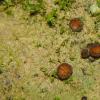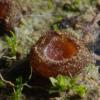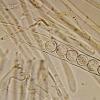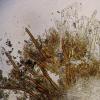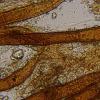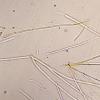
08-04-2015 13:34
Gernot FriebesHi,I'm looking for the following two publications

12-04-2015 23:10
Lepista ZacariasDear all,I need your help to try to identify the p

11-04-2015 23:46
 Bernard CLESSE
Bernard CLESSE
Bonsoir à tous,Voici un asco qui ne me dit absolu

10-04-2015 16:30
 Nicolas VAN VOOREN
Nicolas VAN VOOREN
Je suis très heureux de vous annoncer la parution

12-04-2015 00:08
Bonsoir à tous,Herbet, Bomal s/Ourthe, prov. LX,

11-04-2015 12:36
My, prov. LG, Belgique, chênaie argilo-calcaire,

11-04-2015 21:32
 Bernard CLESSE
Bernard CLESSE
Bonsoir à tous,Pourriez-vous me donner votre avis

12-12-2014 15:30
Björn NordénI wonder if anyone here might have access to t
Sphaerosporella ?
Carmel Sammut,
09-04-2015 21:39
Microscopically the spores are globose 11-12µm in diameter (measured in asci as I could not find any free ones), asci are biseptate at base, IKI-ve, 180-210 x 16-20µm, paraphyses were septate, occasionally split at base and slightly inflated at the tips (about 7µm). There appear to be two types of hairs - dark brown, thick walled, septate and acute at the tip 180-330 x 21-27µm (which look like Scutellinia type hairs) and pale thin walled hairs.
I tried keying out these specimens but the only genus I could come close to is Sphaerosporella but they look different from S. brunnea and S. hinnulea and I am suspecting I got the genus wrong.
Any ideas?
Mario Filippa,
09-04-2015 22:56
Re : Sphaerosporella ?
I think that it is a Scutellinia... Why not? The hairs in Scutellinia are longer near the margin but they are present also towards the base. The pigments in the paraphyses are orange-reddish in water?
Mario
Carmel Sammut,
10-04-2015 15:52
Björn Wergen,
13-04-2015 00:44

Re : Sphaerosporella ?
Hi there,
spores appear smooth because they are immature. Take another apothecia to check if there are mature spores, which will surely have a spiky / warty ornamentation (S. heterosphaera, S. legaliae, S. trechispora,...)
regards,
björn
spores appear smooth because they are immature. Take another apothecia to check if there are mature spores, which will surely have a spiky / warty ornamentation (S. heterosphaera, S. legaliae, S. trechispora,...)
regards,
björn
Carmel Sammut,
13-04-2015 17:49
Re : Sphaerosporella ?
Thanks Björn for your suggestion. I will wait a few days and take a section from the larger specimen and see if it is mature enough.
